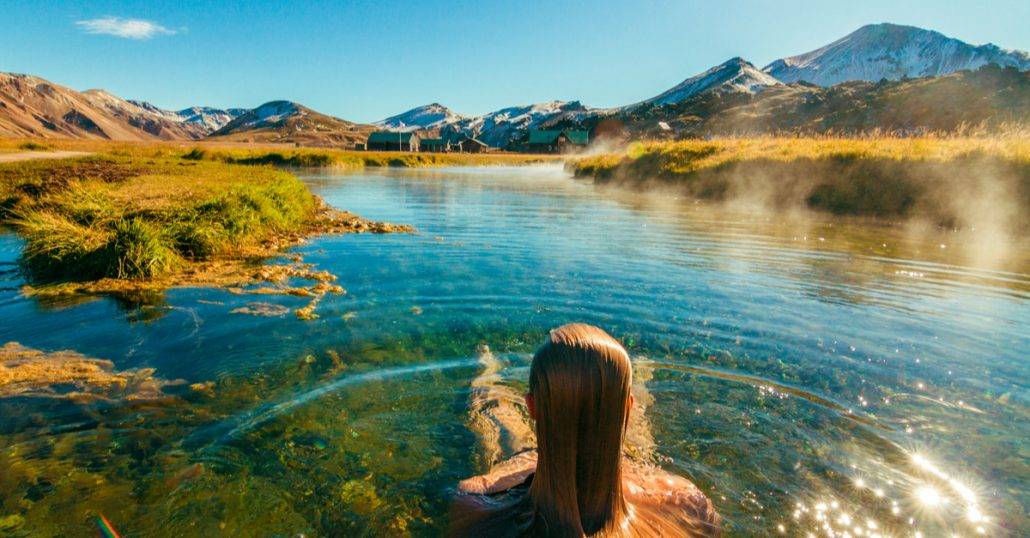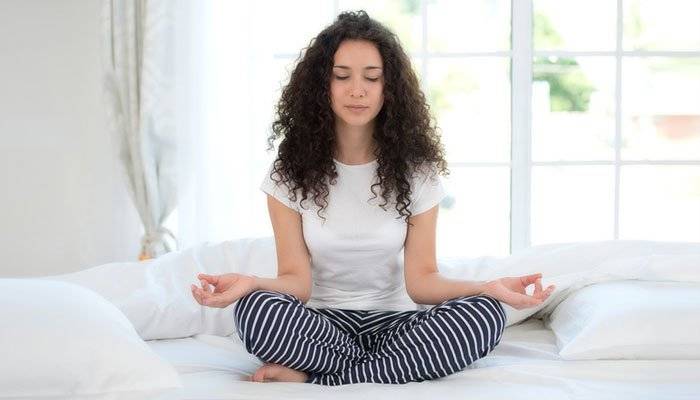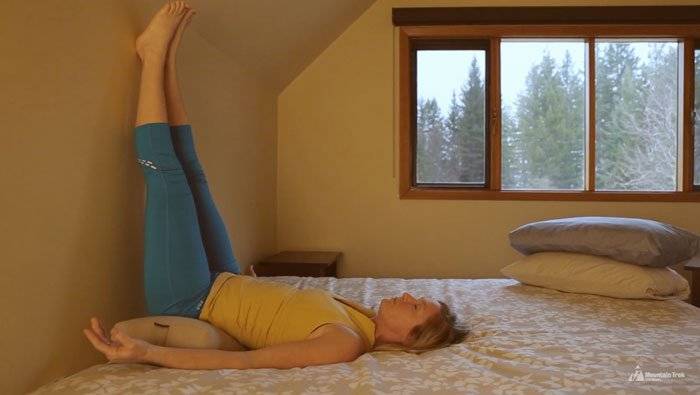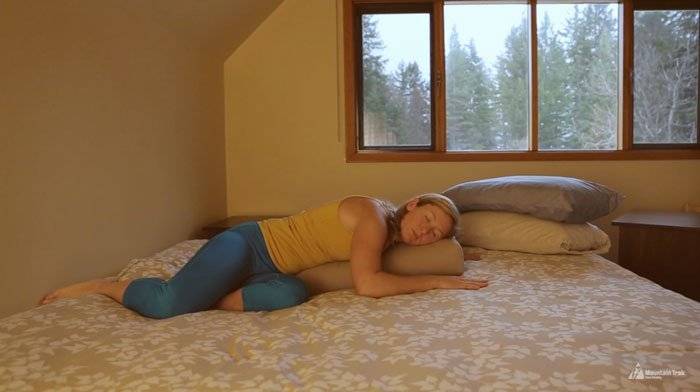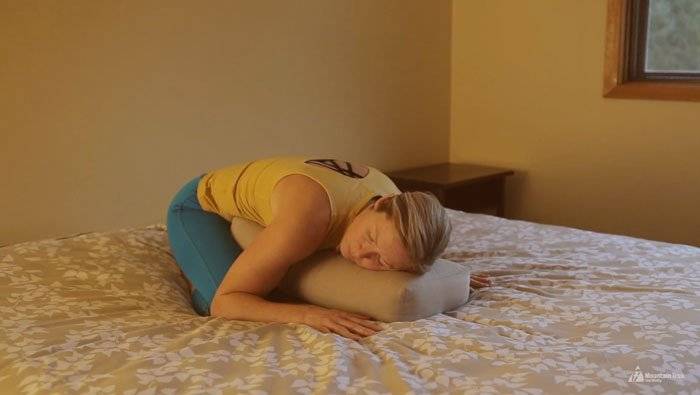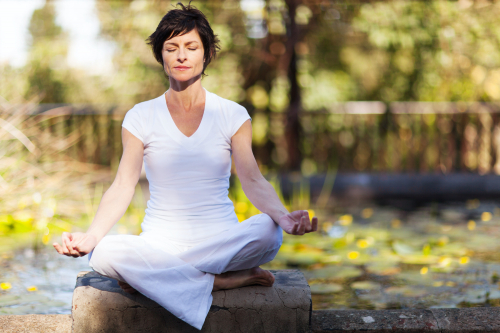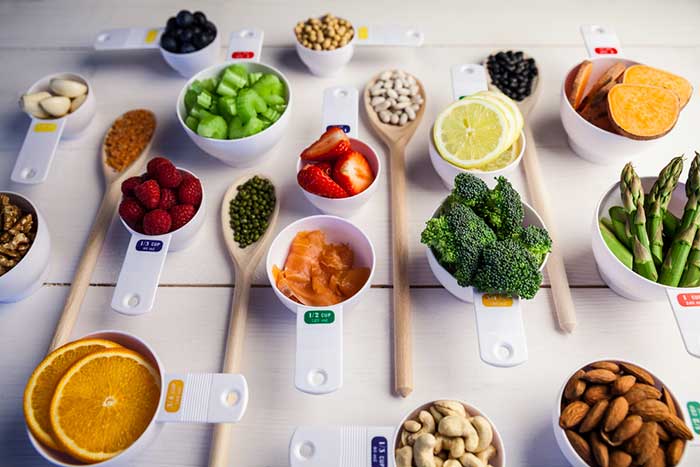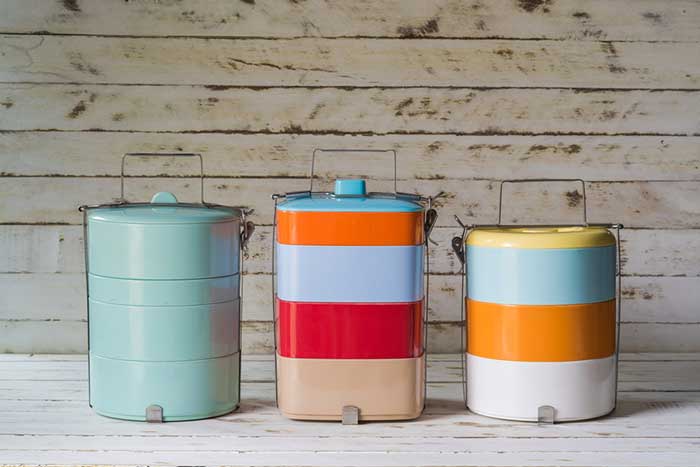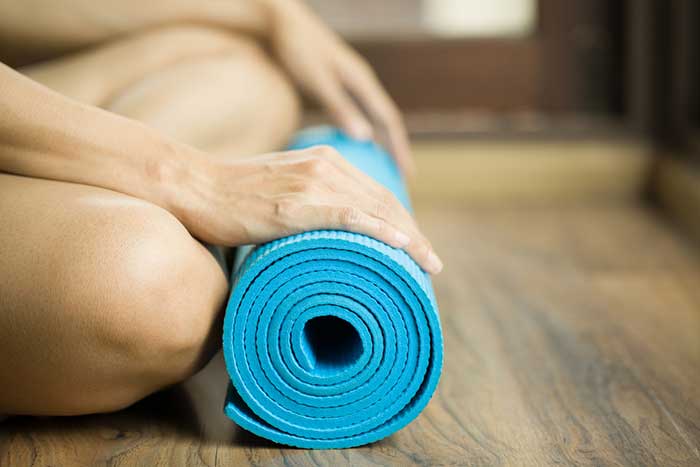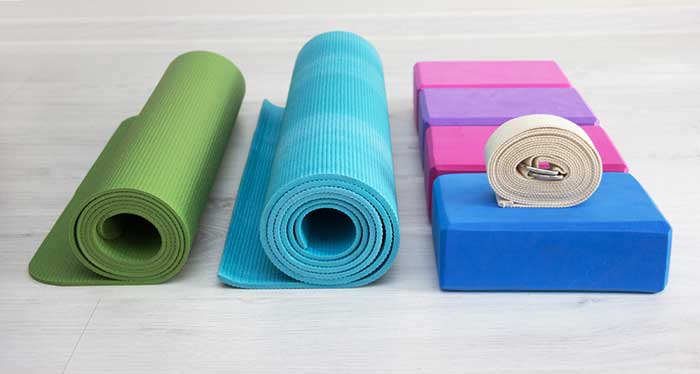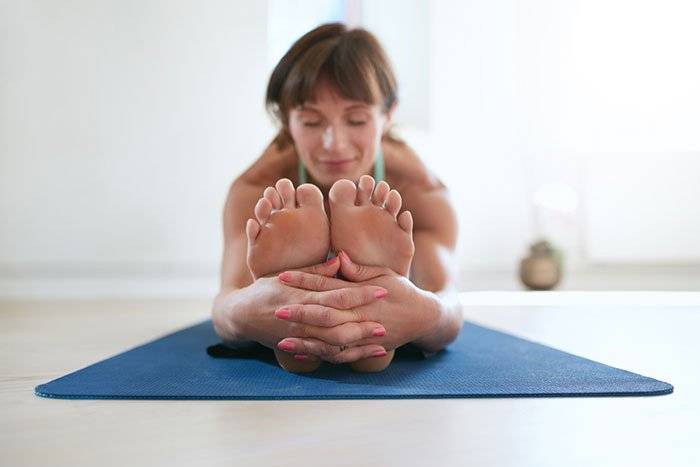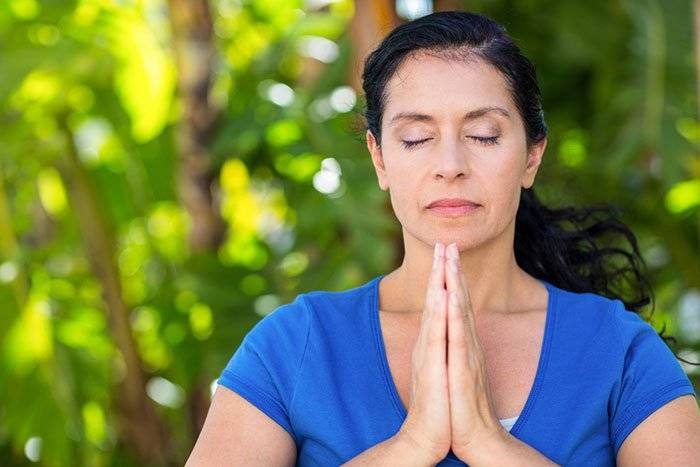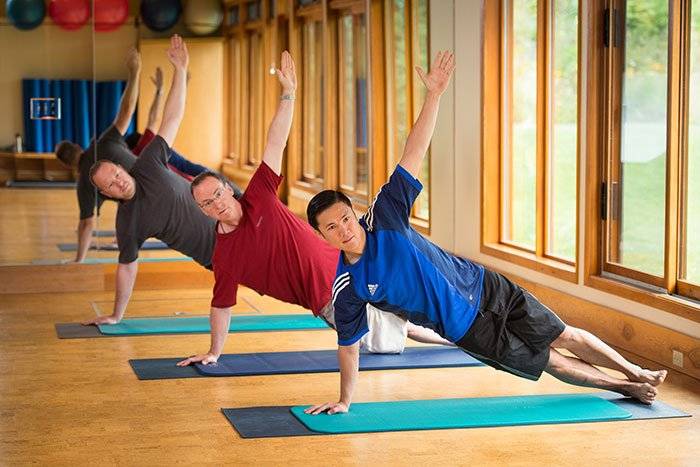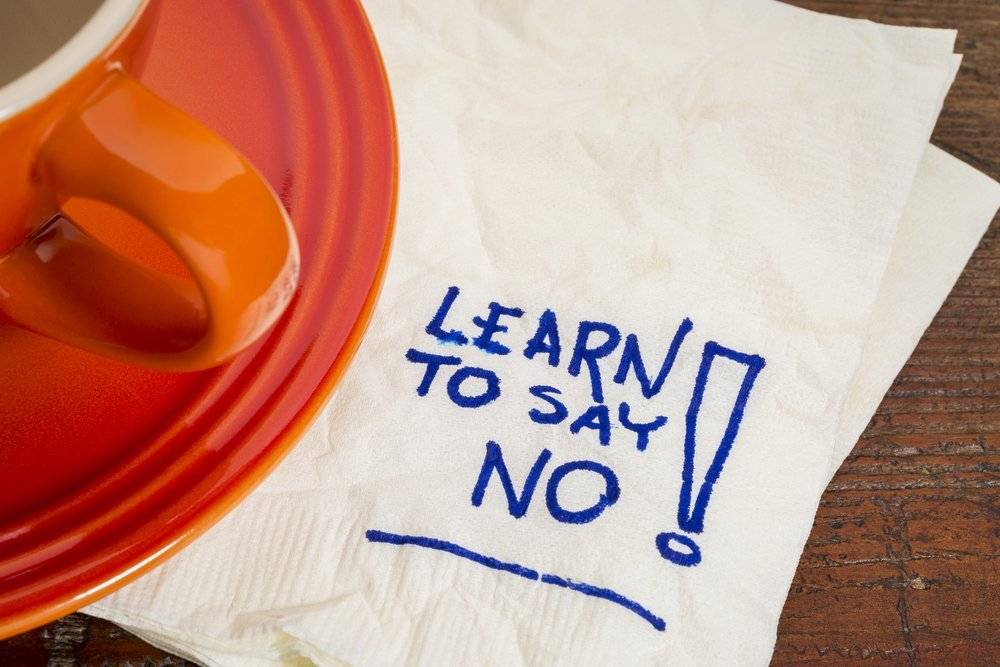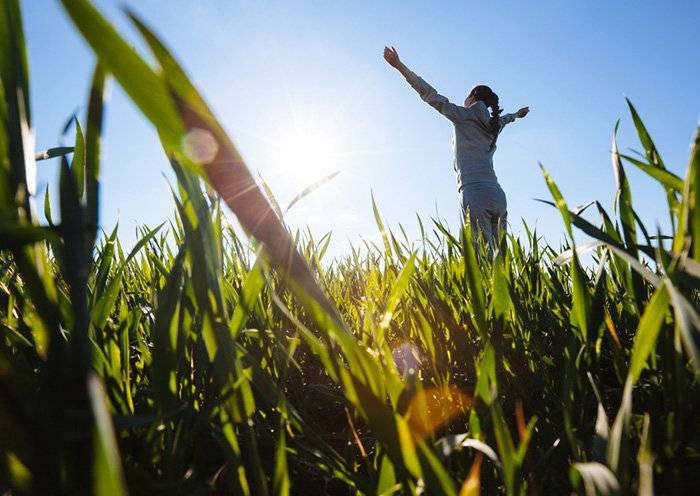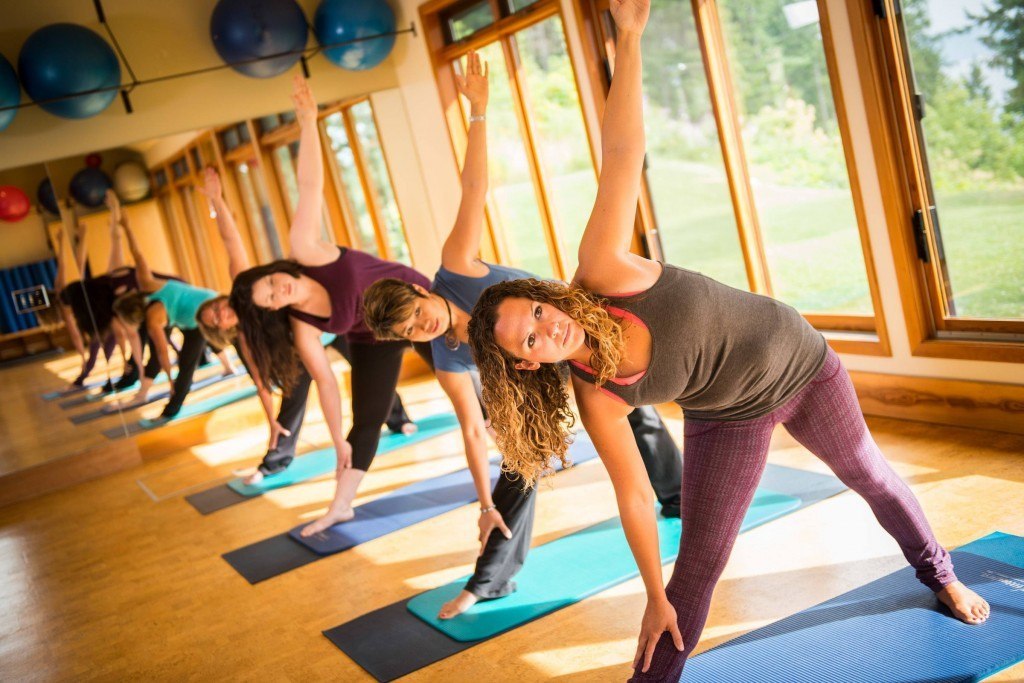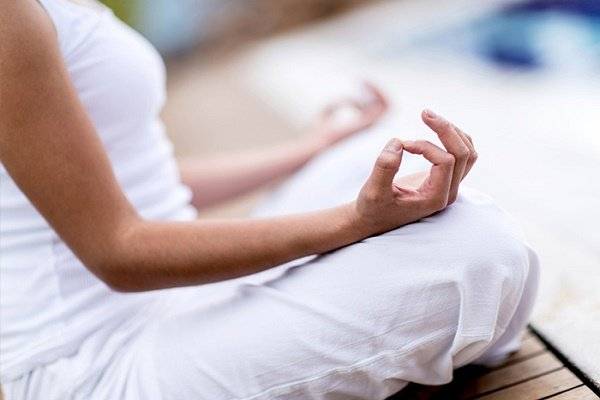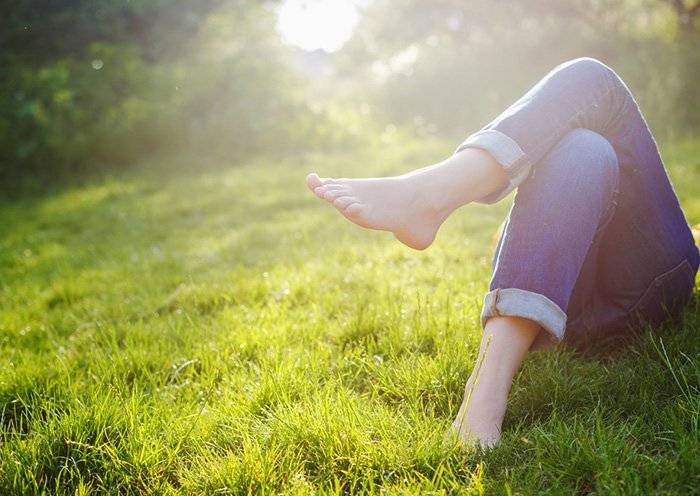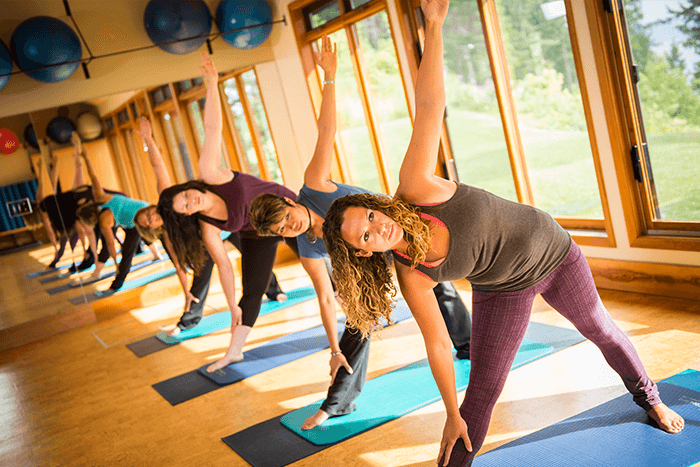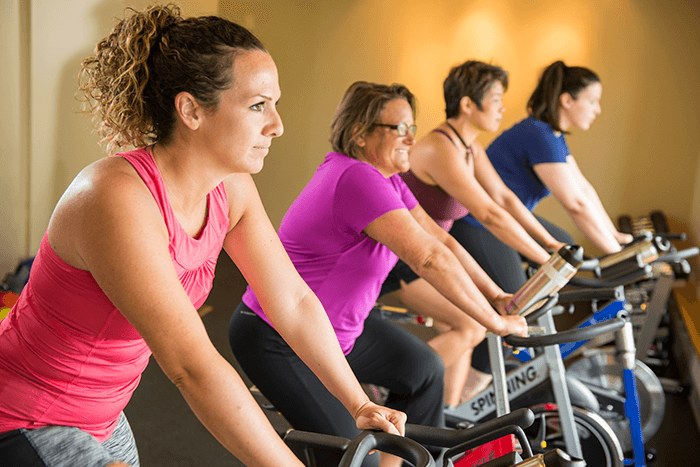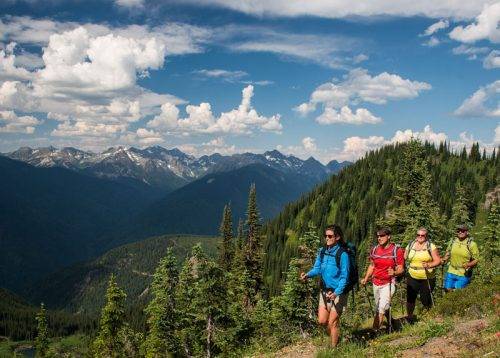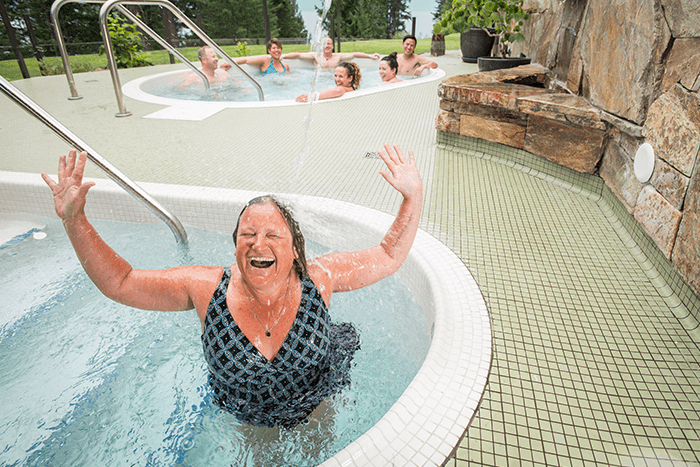What’s so hot about hot springs? 5 Reasons to go for a soak
Hot springs are full-steam ahead on being the #1 luxury that vacationers prioritize when picking their holiday destination. Why? Not only are they great for post-ski socializing, they work wonders for your body, physically and mentally. Japan and Europe have known about the healing powers of hot springs for thousands of years, but Canada is also home to some of the best sources of balneotherapy–the therapeutic use of water for relieving pain, stress, skin woes and more.
Our lodge in British Columbia is fortunate enough to be located in Ainsworth, home of a large healing hot spring pool that was first visited by the Ktunaxa First Nations peoples, who recuperated in the hot water after a long day of hunting, fishing, and gathering roots and berries. Mountain Trek guests have unlimited access to this marvel of nature during their stay, and here’s why it’s important to take advantage of soaking in the hot mineral waters.
What is a hot spring?
A hot spring is an all-natural body of water that is warmed geothermally. One way to classify a hot spring is that it must be well above the temperature of the surrounding earth, and usually hot springs hover around the 100 degrees Fahrenheit mark. The temperature of a given hot spring depends on the heat supplied at depth (sometimes from a magma chamber), the rate at which the water flows, and if there is a mixture of cooler groundwater into the flow of hot water.
Where are they found?
Hot springs truly are the world’s original spa – interestingly, the term ‘spa’ originates from the town of Spa, Belgium, made famous for its hot springs. Typically, hot springs are found where there is volcanic activity or magma chambers, or where there are fault lines in the Earth.
Therapeutic Benefits
Hot springs have an especially high mineral content, because heated water can hold more dissolved solids. This means they contain everything from calcium, magnesium, silica, lithium, and even radium. In other words, they’re a multivitamin for the skin. The heat in hot springs envelopes and helps soothe aching muscles, and the minerals present in the water get soaked up by the skin, stimulating certain bodily processes.
Here’s how the combination of these minerals and the hot water help us:
Musculoskeletal problems: Documented in Chinese and Japanese history, hot springs have been used to aid with swollen joints, arthritis, muscle fatigue, ligament damage, and more.
Eczema: Chronically dry, flaky skin, otherwise known as eczema, is a skin condition that affects up to 15% of Americans and Canadians. Regularly soaking in hot springs has been found to reduce eczema itching and redness.
Nasal Congestion: The heat of the water, combined with sulphur, makes for a winning way to combat nasal congestion caused by the common cold, allergies, or even chest congestion.
Circulation: Sodium bicarbonate and calcium found in mineral hot springs help with good circulation in the body. This can have numerous positive impacts, including lowering blood pressure. The weightlessness that comes with floating in the water also helps improve circulation.
Relaxation: Never to be underestimated, is the power of de-stressing and relaxation. A stressed state can lead to all kinds of health complications, such as high blood pressure, depression, and an increase in the output of the stress hormone, cortisol. When cortisol is released in stress-induced doses, our hormones are thrown off balance, which affects our mood, immune system and metabolism. Long story short, if you’d like a faster metabolism and the ability to shed those pesky pounds, you’ve got to make sure your hormones are balanced.
In regards to the different minerals in hot springs and how they help our health, here’s the lowdown:
- Magnesium: aids with clear complexion, and healthy-looking skin
- Potassium: eliminates toxins and promotes healthy skin
- Sodium: decreases inflammation in swollen joints, and can help the lymphatic system
- Sulphur: helps with respiratory problems and skin inflammations
Don’t hesitate another moment–hurry over to a healing hot spring; the rewards you’ll reap are thoroughly worth it. Or, come visit us and use ours!

